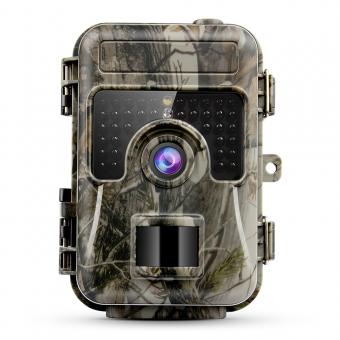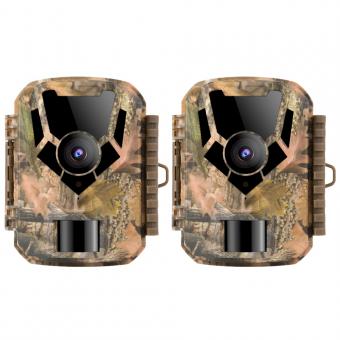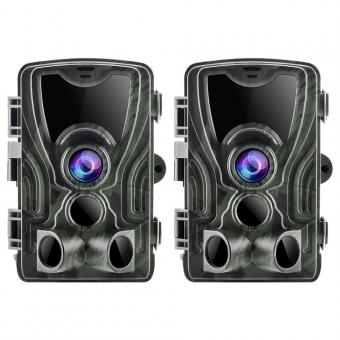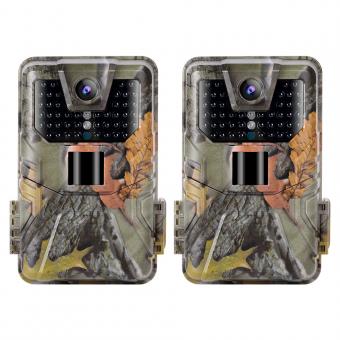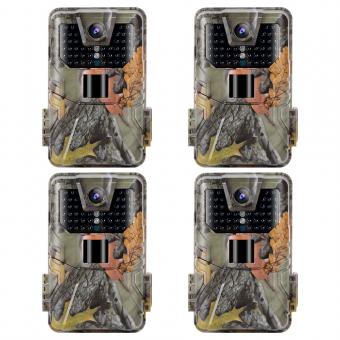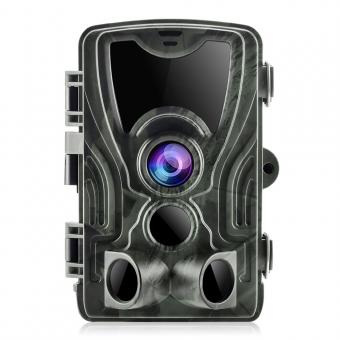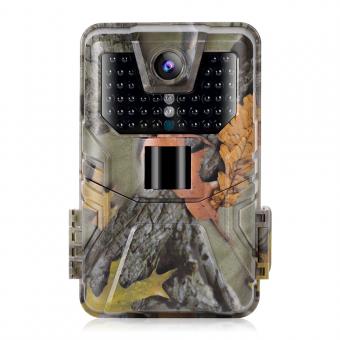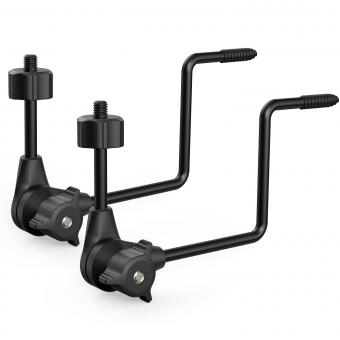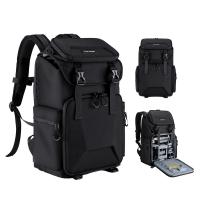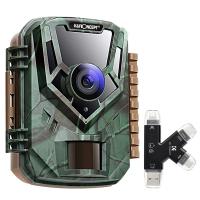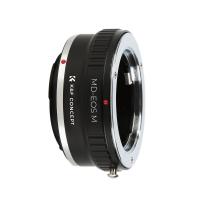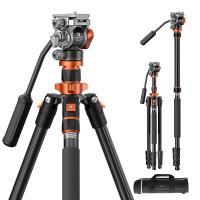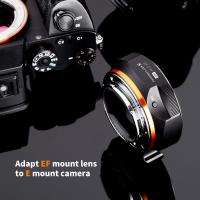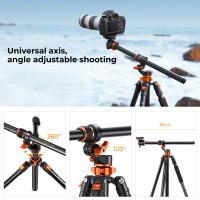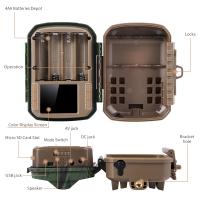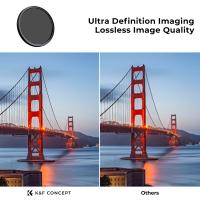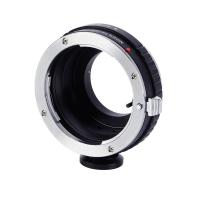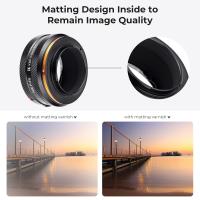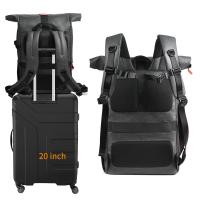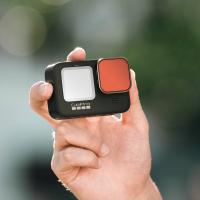What Is A Cellular Trail Camera ?
A cellular trail camera is a type of wildlife camera that is equipped with cellular technology, allowing it to transmit photos or videos wirelessly to a user's smartphone or computer. These cameras are commonly used by hunters, wildlife researchers, and outdoor enthusiasts to monitor and observe wildlife activity in remote areas. The cellular capability eliminates the need for physically retrieving the camera's memory card to view the captured images, providing real-time access to the camera's feed from anywhere with cellular coverage. This technology enables users to remotely monitor wildlife behavior, track animal movements, and gather valuable data without disturbing the natural habitat.
1、 Definition and Function of Cellular Trail Cameras
A cellular trail camera, also known as a wireless trail camera or a cellular game camera, is a type of camera that is specifically designed for outdoor surveillance and wildlife monitoring. Unlike traditional trail cameras that store images and videos on an SD card, cellular trail cameras have the ability to transmit these images and videos wirelessly to a remote location using cellular networks.
The main function of a cellular trail camera is to provide real-time monitoring and instant access to images and videos captured in remote areas. This is achieved by integrating a SIM card and a built-in modem into the camera, allowing it to connect to a cellular network and transmit data to a designated receiver, such as a smartphone or a computer. Users can then remotely access the camera's images and videos through a dedicated mobile app or a web portal.
Cellular trail cameras offer several advantages over traditional trail cameras. Firstly, they eliminate the need for physically retrieving the camera's SD card, saving time and effort. Secondly, they provide instant access to images and videos, allowing users to monitor wildlife activity or potential security threats in real-time. Lastly, cellular trail cameras can be placed in remote locations where there is no access to Wi-Fi, making them ideal for monitoring wildlife in areas such as forests, mountains, or large properties.
In recent years, cellular trail cameras have become increasingly popular among hunters, wildlife researchers, and property owners. The advancements in cellular technology have led to improved network coverage and faster data transmission speeds, enhancing the overall functionality and reliability of these cameras. Additionally, some cellular trail cameras now offer advanced features such as high-resolution imaging, motion detection, and even artificial intelligence algorithms for species identification.
Overall, cellular trail cameras have revolutionized the way outdoor surveillance and wildlife monitoring are conducted. They provide a convenient and efficient solution for capturing and accessing images and videos in remote areas, making them an invaluable tool for various applications.
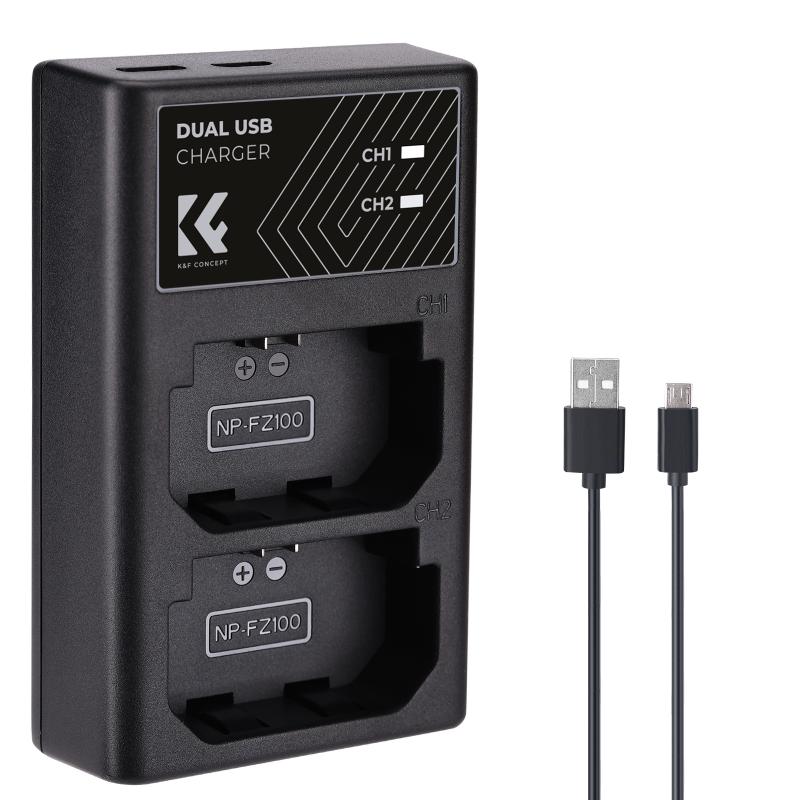
2、 Features and Technology of Cellular Trail Cameras
A cellular trail camera is a type of wildlife camera that is equipped with cellular technology, allowing it to transmit photos and videos wirelessly to a user's smartphone or computer. This eliminates the need for physically retrieving the camera's SD card to view the captured images.
The main feature of a cellular trail camera is its ability to send real-time updates to the user. Once the camera is set up in a desired location, it can be programmed to send photos or videos to the user's device whenever motion is detected. This is particularly useful for hunters, wildlife researchers, and nature enthusiasts who want to monitor animal activity without disturbing the area.
Cellular trail cameras typically use a SIM card and connect to a cellular network, such as 4G or LTE, to transmit data. Some cameras also offer the option to connect to Wi-Fi networks. The user can access the camera's settings and view the captured media through a dedicated mobile app or web portal.
These cameras often come with advanced features such as high-resolution image and video capture, infrared night vision, time-lapse mode, and adjustable trigger sensitivity. Some models even offer GPS tracking, allowing users to locate their cameras remotely.
The latest advancements in cellular trail cameras include improved battery life, increased transmission range, and enhanced image quality. Manufacturers are also incorporating artificial intelligence and machine learning algorithms to help identify and classify different species of animals.
Overall, cellular trail cameras have revolutionized wildlife monitoring by providing real-time access to remote locations. They offer convenience, efficiency, and a wealth of data for researchers and outdoor enthusiasts alike.
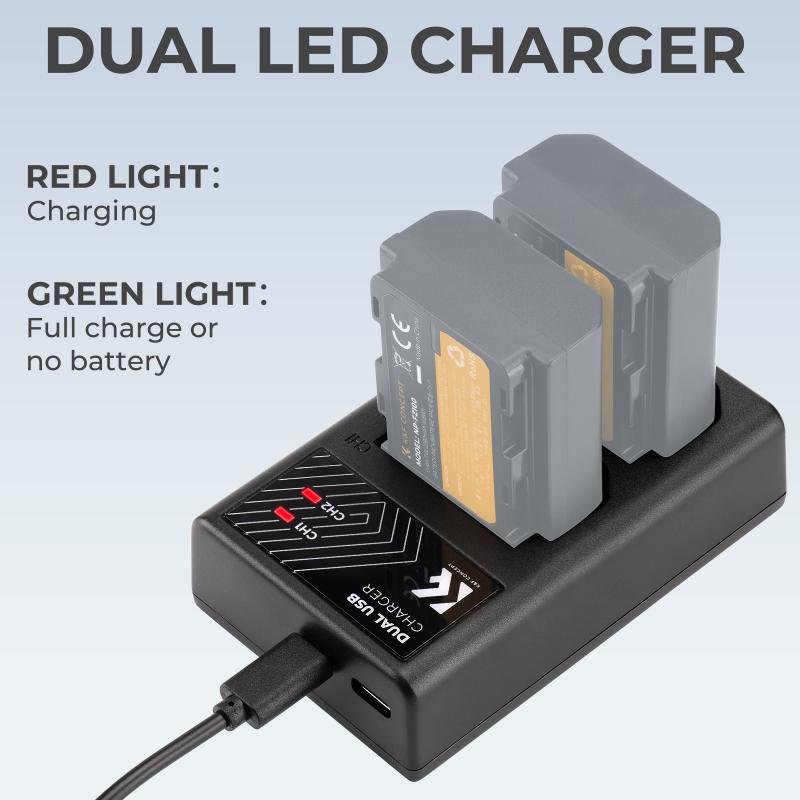
3、 Benefits and Applications of Cellular Trail Cameras
A cellular trail camera is a type of wildlife camera that is equipped with cellular technology, allowing it to transmit photos and videos wirelessly to a user's smartphone or computer. These cameras are typically used for monitoring wildlife activity in remote areas where traditional trail cameras may not be practical.
The benefits of cellular trail cameras are numerous. Firstly, they provide real-time updates on wildlife activity, allowing users to instantly view and analyze the images captured by the camera. This can be particularly useful for hunters, researchers, and wildlife enthusiasts who want to monitor specific animals or study their behavior.
Additionally, cellular trail cameras eliminate the need for physically visiting the camera location to retrieve the images. This saves time and effort, especially in areas that are difficult to access. It also reduces the risk of disturbing the wildlife or leaving a human scent in the area.
Furthermore, cellular trail cameras can be used for security purposes. They can be set up to monitor remote properties, farms, or even construction sites, providing a live feed of any activity taking place. This can help deter trespassers or identify potential threats.
In recent years, cellular trail cameras have become more advanced, with improved image quality, longer battery life, and enhanced connectivity options. Some models even offer advanced features such as motion detection, time-lapse recording, and cloud storage for easy access to images and videos.
Overall, the applications of cellular trail cameras are vast. They are used by wildlife researchers, hunters, property owners, and even hobbyists who simply enjoy observing wildlife. With the latest advancements in technology, cellular trail cameras continue to evolve and provide valuable insights into the natural world.

4、 Considerations for Choosing a Cellular Trail Camera
A cellular trail camera is a type of wildlife camera that is equipped with cellular technology, allowing it to transmit photos and videos wirelessly to a user's smartphone or computer. These cameras are typically used by hunters, wildlife enthusiasts, and researchers to monitor and study wildlife activity in remote areas.
The main advantage of a cellular trail camera is its ability to provide real-time updates on wildlife activity. Instead of physically visiting the camera location to retrieve the images, users can receive them instantly on their devices. This allows for immediate analysis and decision-making, such as adjusting hunting strategies or identifying patterns in animal behavior.
When choosing a cellular trail camera, there are several considerations to keep in mind. Firstly, it is important to consider the cellular network coverage in the area where the camera will be deployed. Different cameras may support different networks, so it is crucial to ensure that the camera is compatible with the available network.
Another important factor to consider is the camera's battery life and power consumption. Since cellular trail cameras are constantly transmitting data, they tend to consume more power than traditional trail cameras. Therefore, it is essential to choose a camera with a long battery life or the ability to connect to an external power source.
Additionally, the camera's image quality, trigger speed, and detection range should be taken into account. High-resolution images and fast trigger speeds are crucial for capturing clear and detailed photos of wildlife, while a wide detection range ensures that no activity goes unnoticed.
Lastly, it is worth considering the camera's data plan options and associated costs. Some cameras may require a monthly subscription for cellular data, so it is important to choose a plan that suits your needs and budget.
In recent years, cellular trail cameras have become increasingly popular due to advancements in technology and the convenience they offer. With improved network coverage and more affordable data plans, these cameras have become a valuable tool for wildlife monitoring and research.


